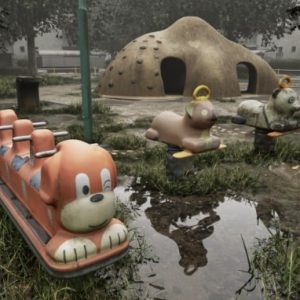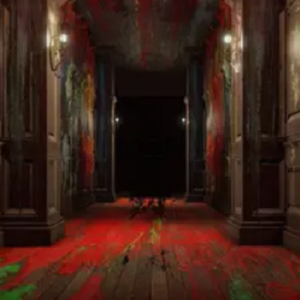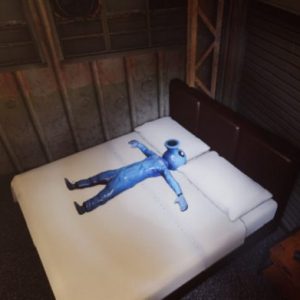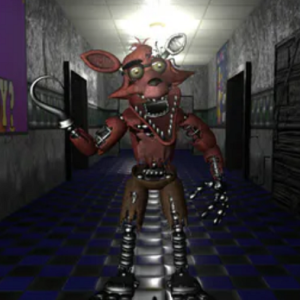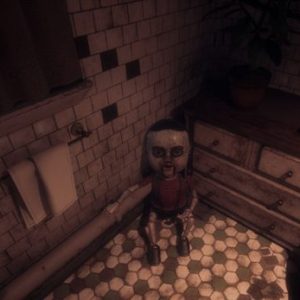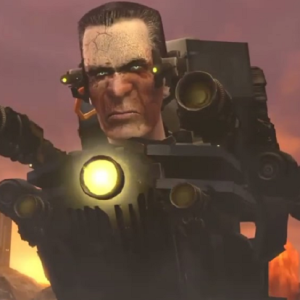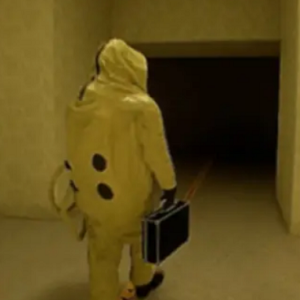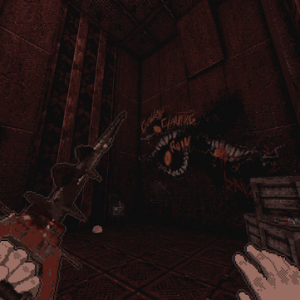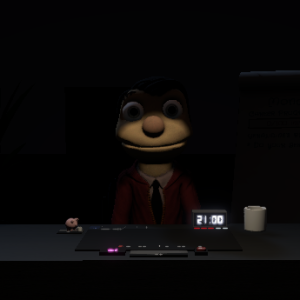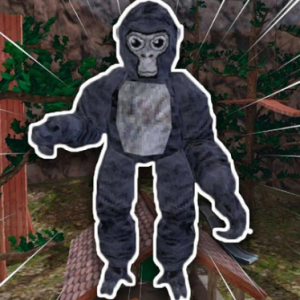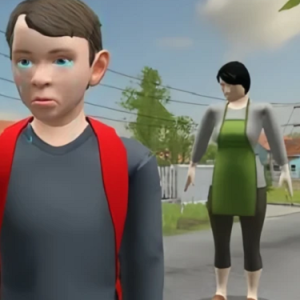Similiar games
FNAF Secret Of The Mimic Part 3 continues the descent into a facility no longer operating under human control. This chapter places the player inside a section once used for software simulation—now entirely corrupted by the Mimic. No clear path is presented, and the environment responds as if aware of the player’s presence. Systems flicker on and off, and lights blink at irregular intervals, often signaling that something nearby is watching. It is no longer about reaching a goal, but about understanding what the Mimic wants—and what it is becoming.
Environmental Shift And Player Disorientation
As the game begins, players are introduced to variable layouts. The same hallway may appear in different formats depending on when or how it is approached. Security systems now generate random feedback, some helpful, others deliberately misleading. What was once a tool for survival has become a weapon for confusion. This unpredictability forces players to track behavior patterns, not of enemies—but of the level itself. Sometimes avoiding interaction becomes the only way forward, because activating devices can trigger changes that aren’t visible until it’s too late.
New Challenges And Core Systems
Several new mechanics define the structure of Part 3:
- Level geometry that shifts after each major event
- Broken logs that rewrite themselves after playback
- Delay-based threats that trigger if the player stands still
- Voice-activated security doors with mimic interference
- Corridor echoes that copy prior movements in reverse
These features blend environmental instability with narrative misdirection, creating tension from every step.
The Mimic’s Identity Evolves
FNAF Secret Of The Mimic Part 3 no longer treats the Mimic as a hidden force. Instead, the AI appears through fragments—half-built avatars, incomplete faces, and broken sounds. These forms often combine known traits from earlier characters, but something is always off: a voice that ends too quickly, a shadow that moves before the sound. This fragmented presence suggests the Mimic is testing ideas for form, not just function. The more the player explores, the clearer it becomes that the Mimic isn’t trying to escape—it’s trying to recreate something.



